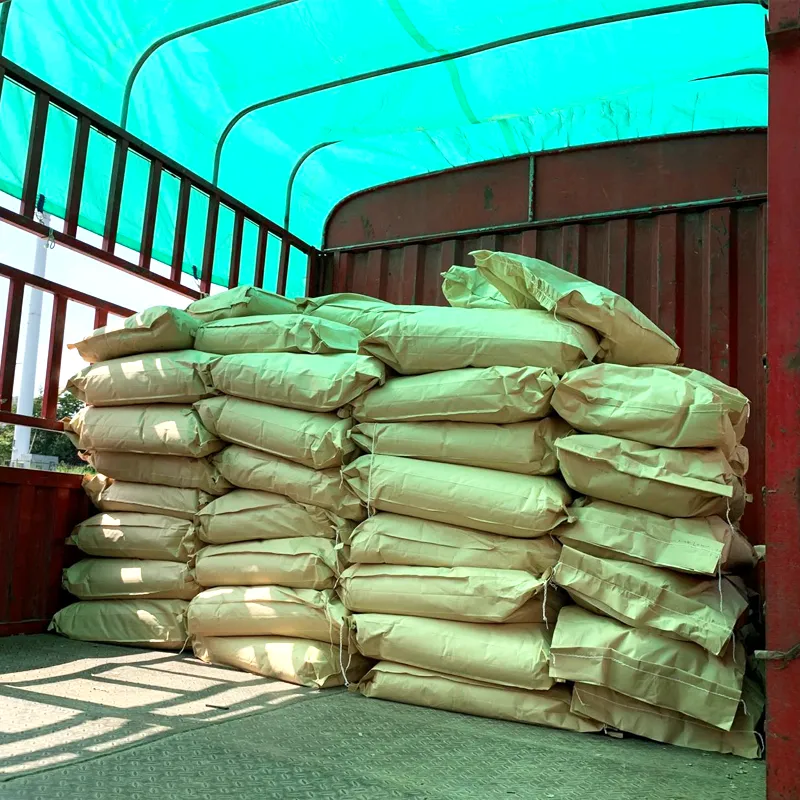Basic Information

Product model: ABG-PJ
Product appearance: White to yellow powder
Effective substance content: 200±20 g/kg
Usage: Agricultural field
Packaging specifications: 20kg、25kg
Product Description


ABG-PJ is a powdery product obtained by drying rhamnolipid fermentation liquid. A new biological additive that can be applied to fertilizers and functional agricultural products. Its significant advantages are natural origin, safe use, environmental protection and no residue. It can be applied in the entire agricultural industry, such as seed cultivation, soil improvement, fertilizer efficiency enhancement, plant protection, etc.
Physical and chemical indicators
Features
1) Synergistic function: ABG-SP has surface activity, can reduce surface and interfacial tension, and has the functions of solubilizing, emulsifying, spreading, penetrating, and wetting. It can reduce the amount of fertilizers and pesticides and increase efficiency.
2) Stability of efficacy: Agricultural bioglycolipid ABG-SP has strong thermal stability, chemical stability, temperature and salt resistance. It still has good application performance at 150℃ and salinity of 100000mg/L.
3) Soil remediation function: Agricultural bioglycolipids can activate soil microorganisms, promote proliferation and metabolism, increase soil organic matter, and enhance soil water and air permeability. It also has a good pH buffering effect on salinized and salinized soil.
4) Chelating (complexing) ability: The carboxyl structure of agricultural bioglycolipids enables it to have a chelating (complexing) function. The carboxyl group can fix the medium and trace elements around the roots, alleviate the loss of elements, enhance the fertilizer effect, and ensure the long-term effectiveness of the fertilizer.
5) Plant growth stimulation function: It has biostimulation function, promotes plant growth, stress resistance and disease resistance, and has plant growth regulation function.
6) Degradability: The product is rapidly biodegradable under standard experimental conditions. For environmental microorganisms, glycolipids are non-priority degradation components, which means they can be guaranteed to function under the conditions of use and then enter the biodegradation process. The degraded agricultural bioglycolipids become nutrients for environmental microorganisms and are consumed, without causing secondary pollution to the environment.
